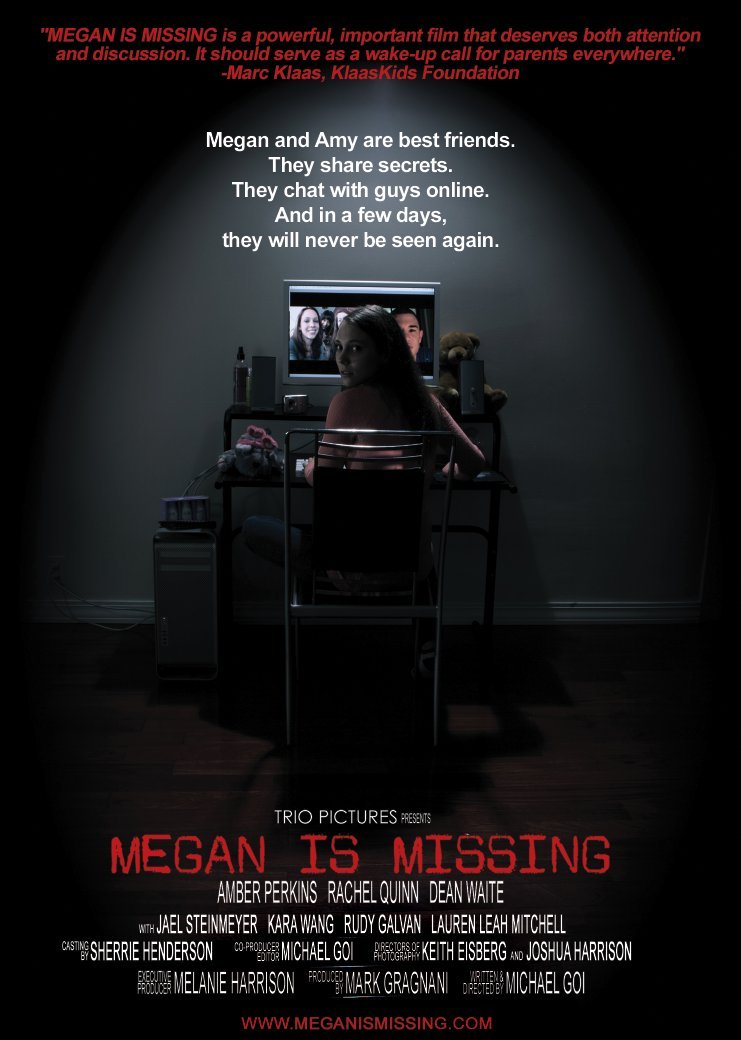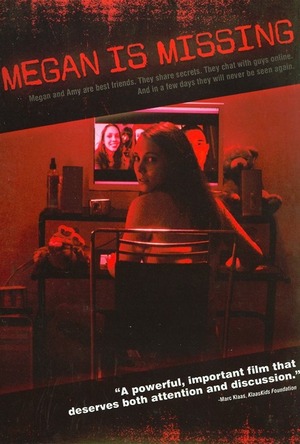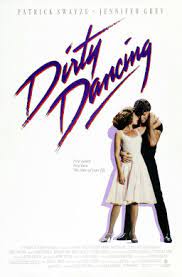The genre we will be highlighting is Thriller. This blog will discuss the common CLAMPS, CAMS, Editing, and Sounds featured in this genre. Highlighting the conventions and styles of executing this genre
CAMS found In Thriller:
In horror and thriller movies, high-angle and birds-eye view shots are effective cinematographic devices used frequently to induce particular feelings and convey a sense of vulnerability or helplessness.
High-Angled Images:
- Power Dynamics: A topic may appear smaller and less important when the camera is positioned high above it. This viewpoint is frequently utilized to portray a power imbalance in horror and thriller movies, making objects or individuals appear more helpless or under the control of outside forces.
- Vulnerability: When characters are viewed from a lofty perspective, they may appear vulnerable and helpless, heightening the sense of susceptibility. This may increase suspense and anxiety since viewers may worry about the characters' welfare.
Birds-eye view shot:
Helplessness and Isolation: The scenario is seen from a bird's eye perspective, highlighting symmetry, patterns, and the characters' or environments' helplessness. Characters may feel more powerless because they are obliquely isolated from possible sources of support or escape from this viewpoint.
Establishing Moods: Using a bird's eye perspective helps you establish the general tone of a scene. This viewpoint can give abandoned buildings, woods, and dark lanes an eerie, unpleasant vibe in horror and thriller genres.
CLAMPS:
SOUND:
Establishing Tension and Ambience:
The tense and ominous atmosphere is aided by ambient sounds, well-composed soundscapes, and suspenseful music. The appropriate noises may evoke a spooky atmosphere that keeps viewers on the edge of their seats.
Improving the Emotional Effect:
Emotions can be strongly evoked by sound. Whether a scene is exciting, scary, or dramatic, the use of music, sound effects, and conversation can heighten its emotional impact. A well-chosen soundtrack can enhance a scene's overall emotional impact.
In a nutshell, sound is a versatile instrument that the thriller genre employs to heighten feelings, build suspense, and maintain viewer interest. When sound is used well, it improves the storytelling experience, which makes watching thrillers more exciting and immersive.
LIGHTING :
Establishing the Scene and Mood:
By creating the right mood and ambiance for each scene, lighting sets the tone for a thriller. The suspense can be increased by utilizing contrast, shadows, and other lighting methods to create a dark and menacing atmosphere.
Establishing Contrast Visually:
In thrillers, strong contrast lighting—which features bright highlights and deep shadows—is frequently used. In addition to highlighting particular components in the frame and highlighting important characters and plot aspects, this produces visual suspense.
characterization
A thriller's use of costume design helps the audience understand the characters. Character motives, histories, and personalities are reflected in their choice of clothing. Characters' outfits have the power to reveal crucial details about their involvement in the narrative.
Putting On Masks & Hiding Identity: Thrillers frequently have aspects of trickery and mystery. Layers to the story can be added by using costume design to create disguises, hide identities, or deceive the audience about a character's true motivations.
Common Editing methods throughout this to generate suspense, anxiety, and an air of unpredictability define the thriller genre's editing style.
Fast Editing and Timing:
One characteristic of many thriller movies is their fast editing. Rapid pacing and swift shot changes contribute to the suspense and sense of urgency that are created. This method is frequently applied in action scenes or other high-stress situations.
Editing in parallel and montage:
In thriller movies, montage editing a quick succession of shots used to convey information or move the plot is frequently used. To keep the viewer interested, parallel editing in which several tales are intercut to create suspense is also widely used.
Effective editing is a crucial part of the thriller filmmaking process since the objectives are to heighten tension, present unexpected turns, and keep the audience interested. The thriller subgenre is praised for its capacity to enthrall viewers with a deft combination of elements that keeps them hooked from beginning to conclusion. The timeless appeal of thrillers is attributed to several respectable factors, resulting in my group's interest in this specific genre.
Jump scares are a powerful tool when employed carefully and in moderation; nevertheless, if they are utilized too frequently, their effectiveness may be lessened. When a thriller relies too much on jump scares without a strong storyline, it might come across as cheap and generic which is why we may not choose this as our genre.






Comments
Post a Comment